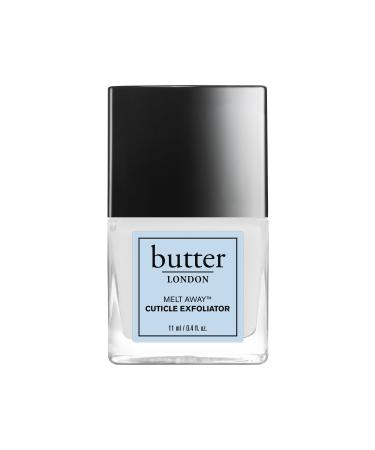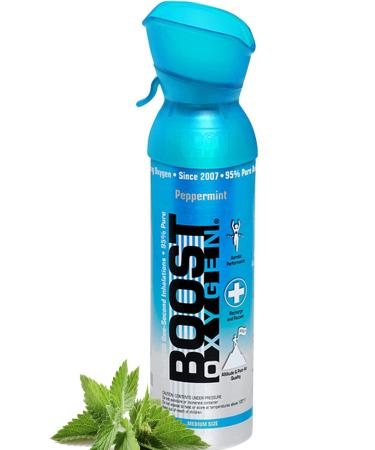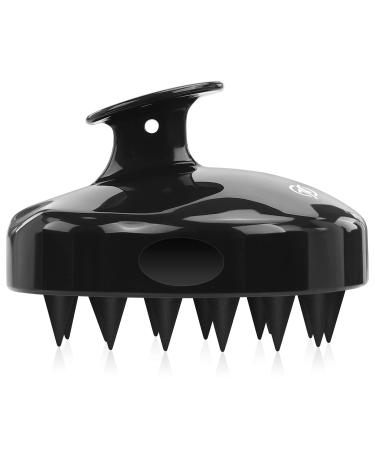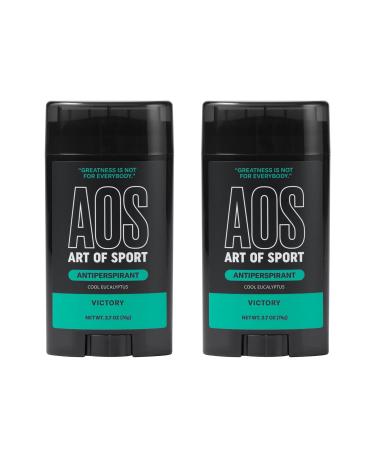Climate and Placement Suited to bright, humid, equatorial climates, tropical bonsai prefer common room temperatures, between 65 and 75 degrees F, 3 to 4 hours of direct sunlight, and humidity levels of about 75%. If your home tends to be dry, a cool mist humidifier or ceramic bonsai humidity tray can help mimic the moist, tropical climate ideal for growing indoor bonsai. Indoor bonsai are tropical plants adaptable to indoor conditions. Select a spot with good air circulation, but avoid cold drafts, drying heat vents, and appliances with heat exhausts. They prefer sunny areas near windows facing southeast or west. Choose a location that receives morning sun and afternoon shade. Though they grow well indoors year-round, tropical bonsai flourish outdoors on a patio or deck that receives indirect sunlight. They can withstand outdoor summer temperatures up to 100 degrees F, as well as dryer, desert climates as long as they are watered adequately. Bring bonsai indoors when night temperatures fall below 55 degrees F. Do not allow tropical bonsai to freeze. In Japan, bonsai are traditionally displayed against a solid black, white, wood, or bamboo background, or on a stand or pot larger than the tree. Stark contrasts enhance a bonsai's simple beauty. | Watering and Training In fall, winter and spring, water tropical bonsai thoroughly every two or three days. In hot summer months, water daily - especially in dry, hot climates. Use a can or hose attachment that casts a soft, rain-like spray that won't disturb the soil in the pot. Bonsai can never be allowed to dry out. All bonsai require some degree of seasonal pruning. Regular pruning produces smaller branches and maintains the tree's miniature size. A simple pair of pointed-nose scissors does the job. Wiring may also be used to hold branches in a desired position or location. If you're happy with the branch placement as is, there is no real need to wire. For detailed instruction in the art of bonsai cultivation, Brussel's Bonsai recommends purchasing a book on basic training techniques. If you choose to wire your bonsai, make sure to use heavier gauge wire for larger branches on the bottom of the tree, and lighter gauge for smaller branches. Begin by sticking the end of the wire into the soil next to the trunk of the tree. Wrap the wire around the trunk until you come to the first branch. Continue curling the wire around the branch. Once you have come to the end of a branch, cut and remove the excess wire. The wire now allows you to bend the branch into the desired shape and location. | Soil, Fertilizer and Repotting Bonsai trees spend years in the same soil and eventually deplete the available nutrients. Providing supplemental nutrition is essential for a healthy tree. Most water soluble and time-released fertilizers work well when used as directed. Bonsai need to be repotted every 3 to 5 years. After receiving your tree, wait at least one growing season before repotting. Using proper bonsai soil is critical. Brussel's bonsai soil consists of a mixture of high-fired clay particles and finely ground pine bark. The soil-free mix does not compact, allows water to drain easily, plus helps prevent the root rot that often occurs with ordinary potting soil. It is important to pot your bonsai correctly. Prepare your container for potting by putting screen over the drain holes Run wire through the drain screen - you will need this to secure the tree in the container. Trim the root ball so it will fit in the bonsai pot. Keep in mind, cutting larger roots is better than cutting small feeder roots. Continue trimming the root ball until it will fit into the bonsai container. Be sure to place a good layer of bonsai soil on the bottom of the bonsai container. Place the tree in the pot. Use the wire to secure the tree in the bonsai container. Twist and pull the wire with pliers to tighten. Add bonsai soil around the root ball. Use a chopstick to work the bonsai soil into the root system. Your bonsai should now be secure in its new container. To ensure only well-established, healthy trees are shipped, Brussel's Bonsai imports its trees from nurseries in China where growers spend years training and shaping tree branches. Some bonsai defoliate (drop leaves) when their environment changes. If upon the tree's arrival some leaves have dropped or turned slightly brown that does not mean the bonsai is unhealthy. Defoliation is the natural result of being in the low-light environment of a shipping box. Whenever possible, Brussel's Bonsai avoids using Styrofoam-popcorn packaging. In some cases, Styrofoam popcorn must be used to safely pack unusually shaped bonsai. Organic popcorn packaging made from corn starch reacts with moisture from the trees and can dissolve. When you receive your tree, place the box in a shaded area to unpack. Inspect tree for damage to branches or leaves. Water soil if dry. Place each bonsai in protected shade for at least one week before moving to a sunny location. |





![Stewart Freeze Dried Dog Treats Made in USA [Single Ingredient Puppy and Dog Training Treats - Grain Free Natural Dog Treats] Resealable Tub to Preserve Freshness](https://www.gosupps.com/media/catalog/product/cache/25/small_image/375x450/9df78eab33525d08d6e5fb8d27136e95/6/1/61gwbbixarl._ac_sl1500_.jpg)







